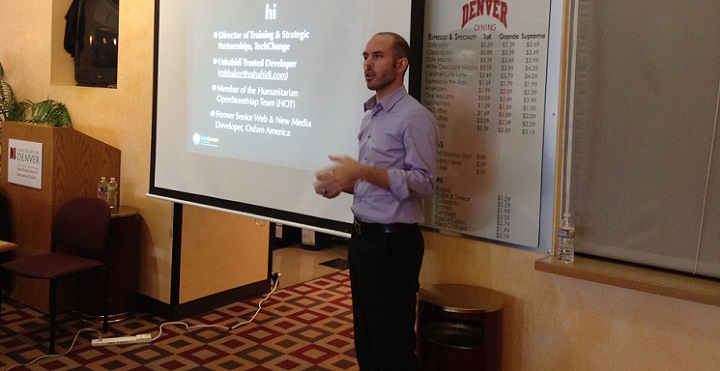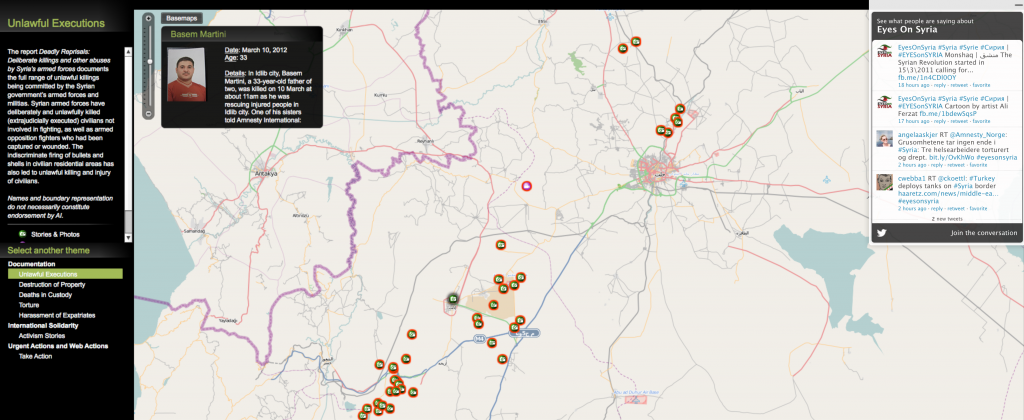Get over 50% off tuition for Introduction to Intrapreneurship online course
Could the U.S. government shutdown be an opportunity for innovation? Being outside the confines of the office presents an opportunity for employees of any agency to develop the ideas and skills needed to advance innovation. In other words, here’s a chance for furloughed U.S. federal workers to focus on government innovation, and TechChange wants to help: starting today, TechChange is offering furloughed U.S. federal employees to take our Introduction to Intrapreneurship course for only $50.
More than ever, U.S. federal employees must find ways to maximize impact on a budget in one of the largest bureaucracies in the world. But where does innovation in a big bureaucracy come from? Ideas can come from every level of an organization, and are sometimes initiated by middle management or those in junior level-roles in a hierarchy. There’s a saying that, “Scarcity fuels innovation.” Outside the normal confines of the office, in a fresh setting, creates a breeding ground for new and innovative ideas. Thus the furlough is a great opportunity for government workers to discover and plan for new value-creating ideas.
Fortunately, government innovation has precedence. Todd Park, the Chief Technology Officer of the United States of America, is a great example of a government innovator. At the age of 24, he co-founded AthenaHealth, a company providing digital healthcare business services including electronic medical record services and virtual medical billing that went public on NASDAQ in 2007. In 2009, he accepted a job in the White House as the Chief Technology Officer of Health and Human Services (HHS) where he championed open innovation for government initiatives. He launched a series of hackathons and “datapaloozas” to make government data more available to public. In 2012, Park was promoted to CTO of the United States and special advisor to the president on technology. He has since launched the Presidential Innovation Fellows program.
TechChange wants to make it easier to empower U.S. federal employees to become intrapreneurs, applying entrepreneurial and start-up practices like Todd Park, to create innovation within their respective government agencies. Our Introduction to Intrapreneurship course, which was recently mentioned in Fast Company, is an opportunity for furloughed workers and other institutional innovators to learn from each other and be empowered to inspire change at their respective organizations, whether it be a federal government agency, an NGO, or a corporation.
- Any furloughed U.S. federal government employee can take TechChange’s Intrapreneurship online course for only $50 (58% off the regular price).
- Register for the online course here and enter discount code: Innov8USG. In order to process your discount, please scan or take a photo of your current U.S. government employee ID and email it to info@techchange.org once you’ve applied.

 Pictured: Rob Baker speaking at DU
Pictured: Rob Baker speaking at DU
